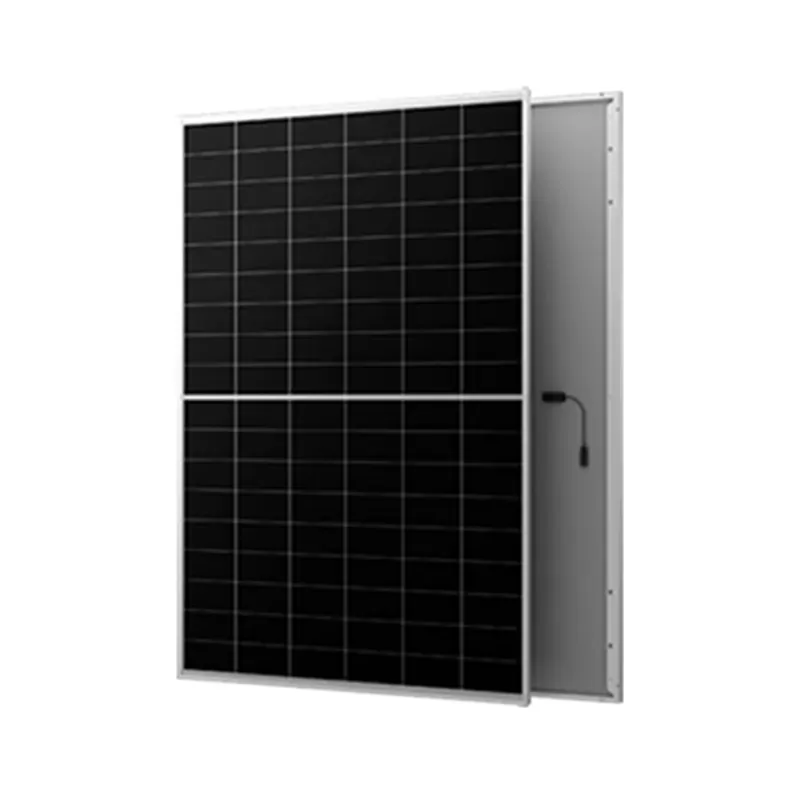Optimizing Solar Panel Efficiency through Accurate Measurements and Assessments
Understanding Solar Panel Measurements A Guide to Maximizing Efficiency
Solar panels have become increasingly popular as a renewable energy solution for both residential and commercial applications. To ensure these systems perform at their best, it's essential to understand various measurements associated with solar panels. This knowledge can help users make informed decisions, optimize energy production, and ultimately save on electricity costs.
The primary measurement associated with solar panels is their power output, which is typically rated in watts (W). This rating indicates the maximum amount of power a solar panel can produce under standard test conditions (STC). For example, a 300W solar panel can generate 300 watts of power in optimal sunlight conditions. It's important to note that real-world conditions, such as temperature, shading, and the angle of sunlight, can impact the actual output.
Another crucial measurement is the efficiency of a solar panel, expressed as a percentage. This indicates the portion of sunlight that the panel can convert into usable electricity. Higher efficiency panels can produce more electricity from the same amount of sunlight. For example, a panel with 20% efficiency will convert 20% of the sunlight it receives into electrical energy. When selecting solar panels, higher efficiency models may be beneficial, especially in areas with limited roof space.
solar panel measurements

Performance ratio (PR) is another measurement that helps assess a solar panel's overall efficiency. This ratio compares the actual solar energy output to the expected output based on available sunlight. A typical PR value ranges from 0.75 to 0.85, signifying that the system is performing well under real-world conditions. Factors affecting PR include system losses due to inverter efficiency, temperature effects, and other environmental influences.
Moreover, understanding the solar panel's temperature coefficient is essential. This measurement indicates how the panel's output will decrease as temperatures rise. Most solar panels will lose around 0.2% efficiency for every degree Celsius above a specified temperature, usually 25°C (77°F). When selecting solar panels, consider their temperature coefficient, especially in hotter climates.
Lastly, the lifespan and warranty of solar panels are vital measurements to consider
. Most high-quality panels come with performance warranties lasting 25 years or more, ensuring that they will produce a certain percentage of their rated output over time.In conclusion, understanding solar panel measurements—power output, efficiency, performance ratio, temperature coefficient, and lifespan—can significantly enhance the effectiveness of your solar energy system. By making informed decisions based on these measurements, you can maximize your investment in solar energy and contribute to a more sustainable future.
-
Unlocking Energy Freedom with the Off Grid Solar InverterNewsJun.06,2025
-
Unlock More Solar Power with a High-Efficiency Bifacial Solar PanelNewsJun.06,2025
-
Power Your Future with High-Efficiency Monocrystalline Solar PanelsNewsJun.06,2025
-
Next-Gen Solar Power Starts with Micro Solar InvertersNewsJun.06,2025
-
Harnessing Peak Efficiency with the On Grid Solar InverterNewsJun.06,2025
-
Discover Unmatched Efficiency with the Latest String Solar InverterNewsJun.06,2025







